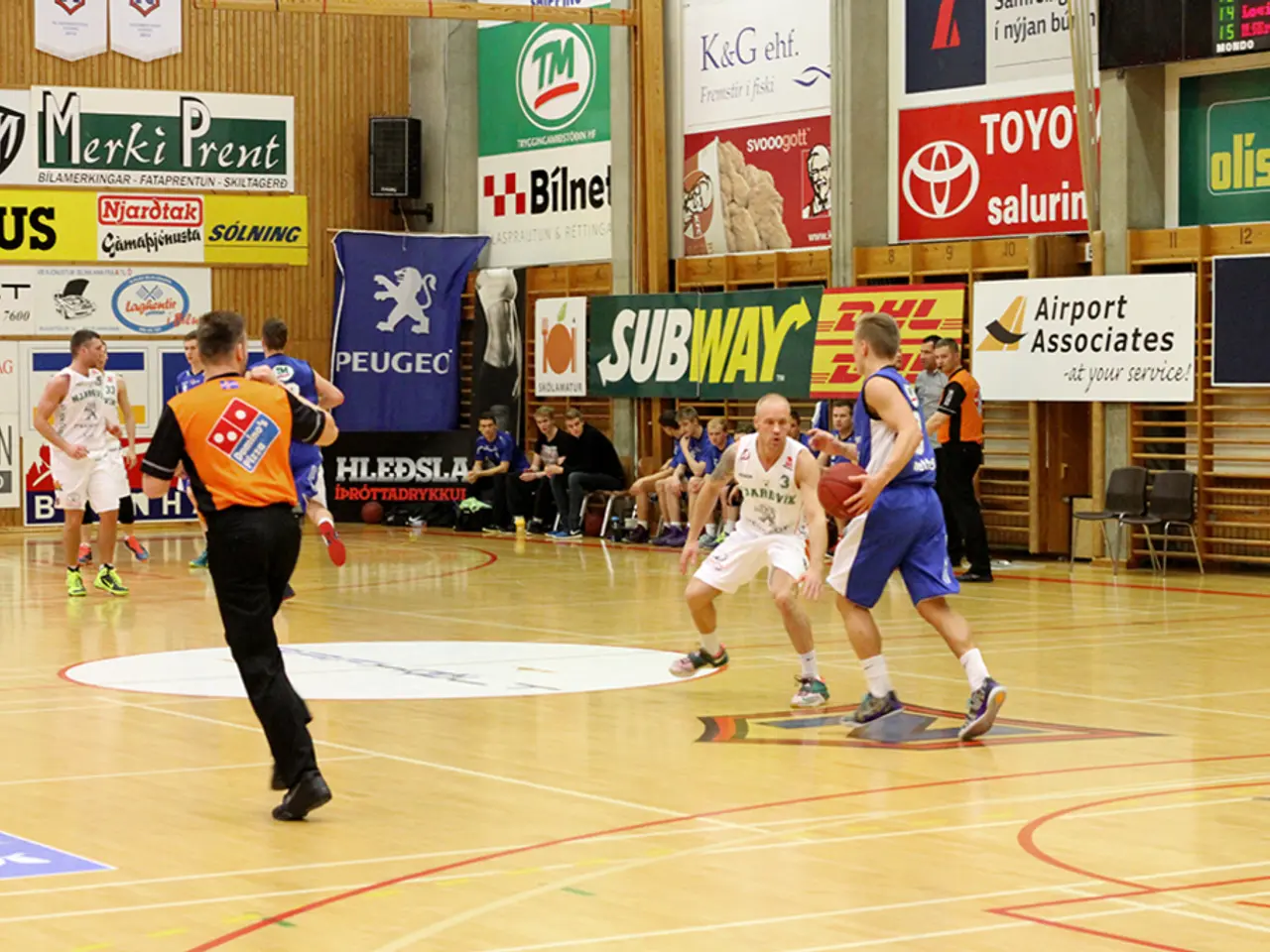Decline in Golf Club Membership: What Lies Ahead?
In the face of rising costs and declining membership, golf clubs across the country are adapting to survive and attract a broader spectrum of people. The outgoing CEO of The R&A, Martin Slumbers, has highlighted the challenge, emphasizing that clubs must sell a product that consumers want to buy and focus on the consumer's needs.
Traditional members' golf clubs have been a significant part of the sport for over a century. However, as golfers' preferences evolve, many clubs are finding it difficult to retain their members, particularly casual golfers. The trend is moving towards more itinerant golf, with golfers playing at various courses rather than being club members.
To address these challenges, golf clubs are implementing several key strategies. One approach is to add exclusive amenities beyond golf, such as fitness centres, wellness programmes, and member-only social events. These additions aim to increase perceived membership value and justify the fees.
Another strategy is the implementation of loyalty programs. These programs offer discounts or incentives that reward frequent visits, helping to retain casual players and boost spending per visit.
Utilizing targeted digital marketing and social media is another crucial strategy. By reaching diverse demographics, clubs can expand their membership appeal beyond traditional audiences.
Developing partnerships with local businesses is another way clubs are broadening their engagement and revenue streams. Co-hosting events and offering discounts provide additional opportunities for income generation.
Creating welcoming club atmospheres that reflect local character and foster social connection is also essential. This approach makes casual or new players feel included and valued, encouraging them to return.
Leveraging modern technology and personalized communication platforms is another strategy. Tailored notifications and dashboards enhance member interaction and drive loyalty.
Offering flexible, inclusive programming is another key strategy. By adapting to evolving interests and incorporating emerging sports and inclusive social engagement, clubs can appeal to younger or less traditional golfers.
Flexible membership options, such as paying smaller fees and buying credits for play, are also being considered as an alternative for struggling clubs. OpenPlay and iGolf schemes, run by Scottish Golf and England Golf respectively, allow non-club members to gain a golf handicap and play at different courses across the country. This could potentially lead to membership for non-club members, as they experience the benefits of regular play.
The golf clubhouse, often under-utilized, could be made more versatile. It could be converted into a gym or used for non-golfing activities, providing additional revenue streams.
These combined approaches address rising costs and changing societal preferences by delivering diverse, value-rich experiences that resonate with a wider audience while nurturing long-term community loyalty. By adapting to the changing times, golf clubs can not only survive but thrive in the 21st century.
Golf clubs are transforming traditional offerings, such as golf clubs, to include various sports and amenities, like fitness centers and wellness programs, to attract a broader range of people and cater to evolving golfer preferences.
Struggling clubs are also considering flexible membership options, like Pay-Per-Play schemes, to appeal to casual golfers and potentially convert them into full members, addressing the challenge of declining membership.




